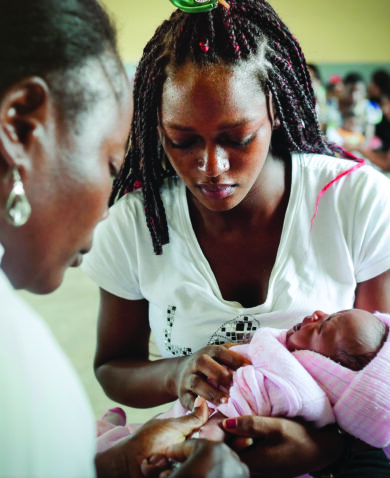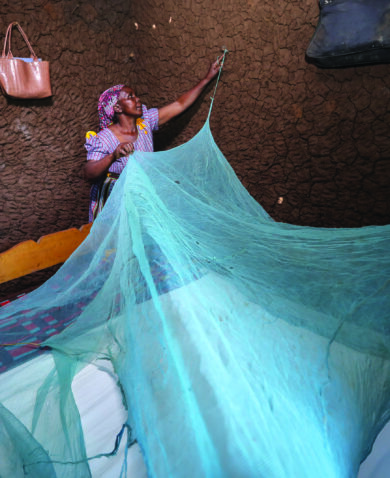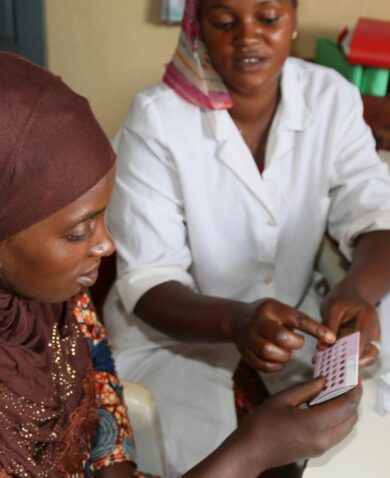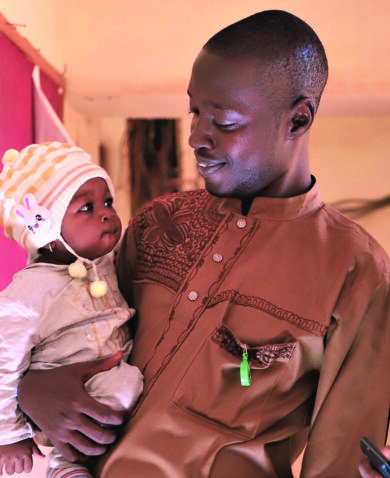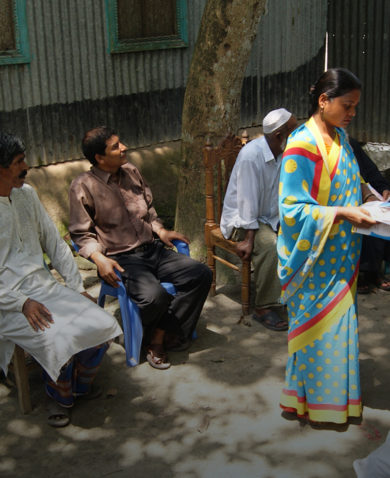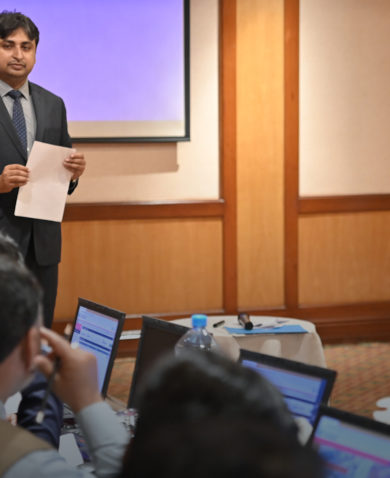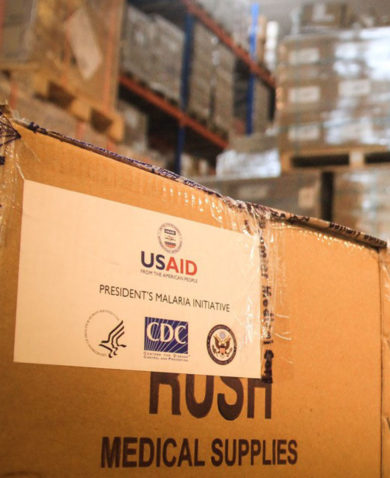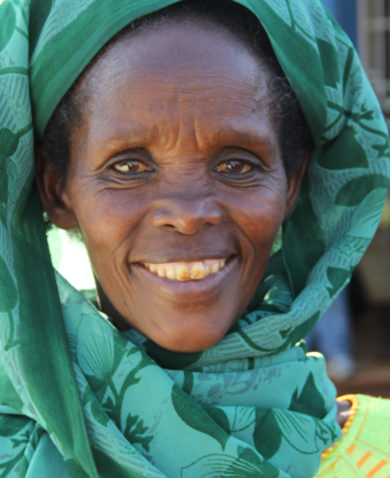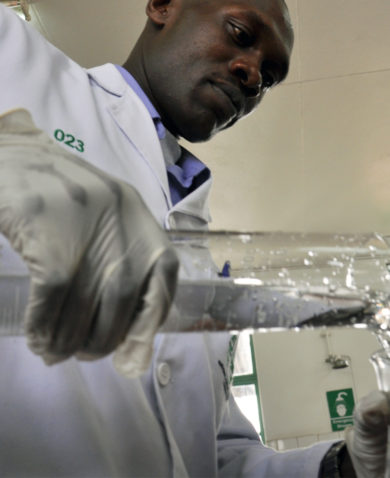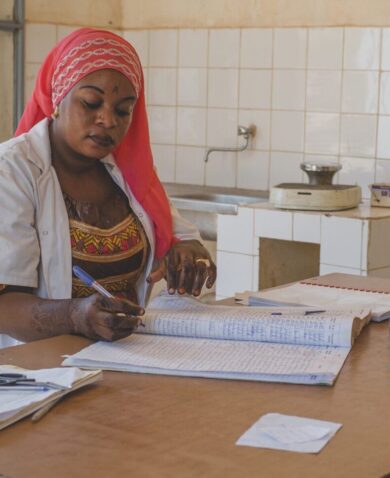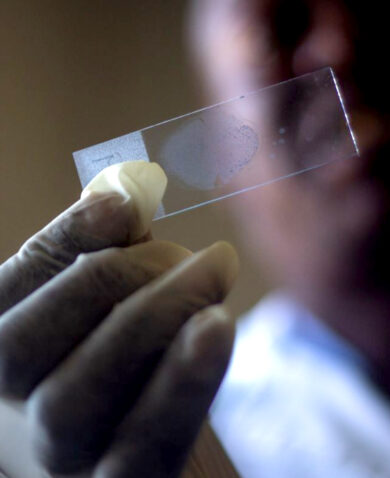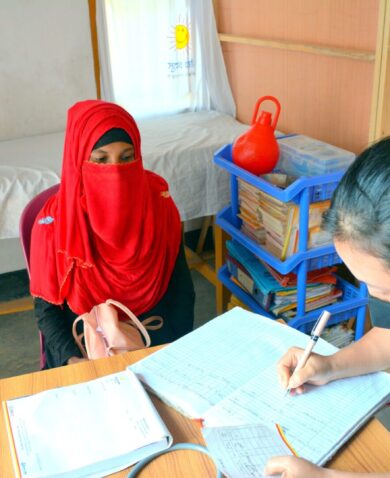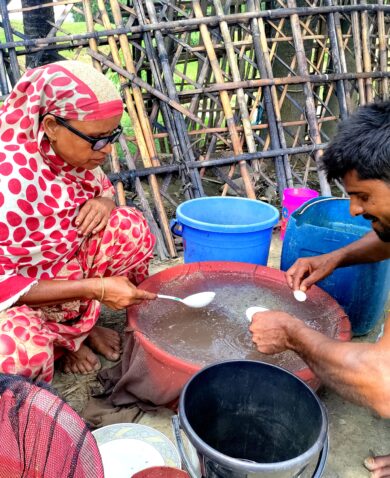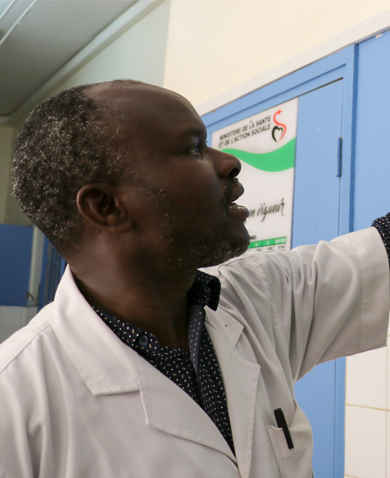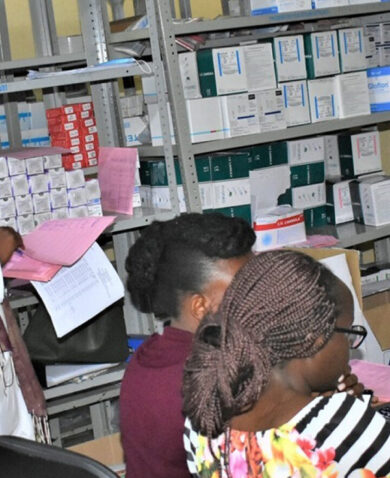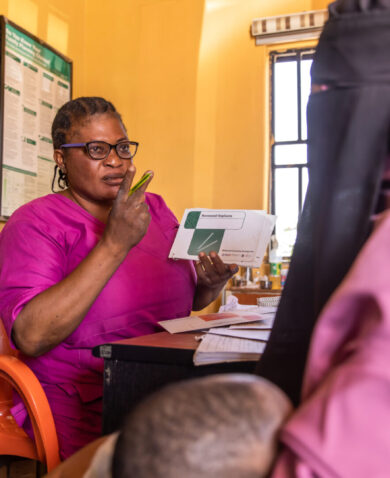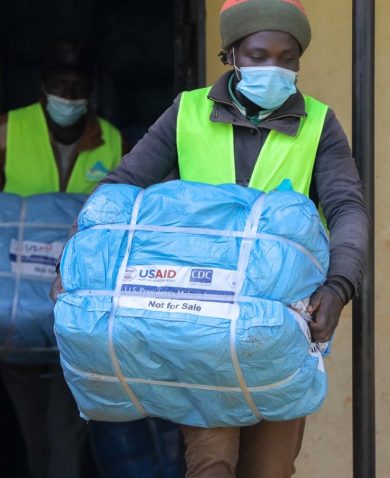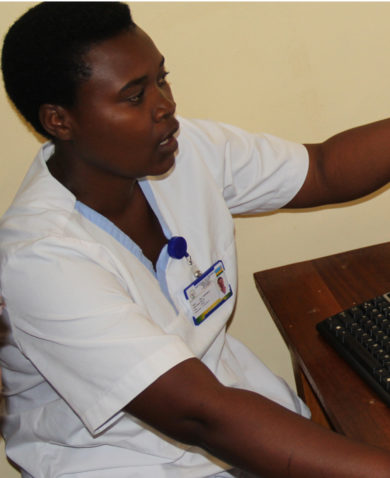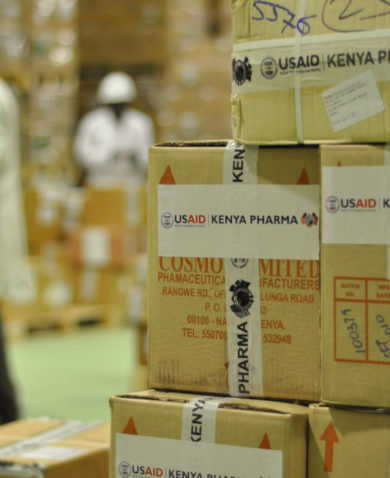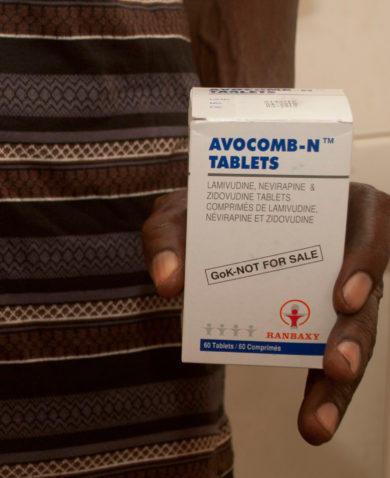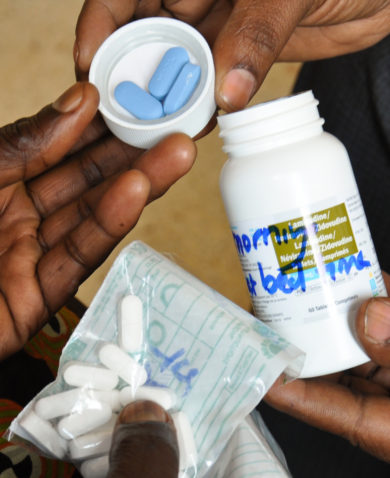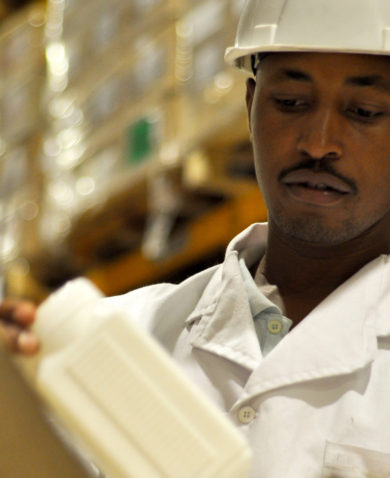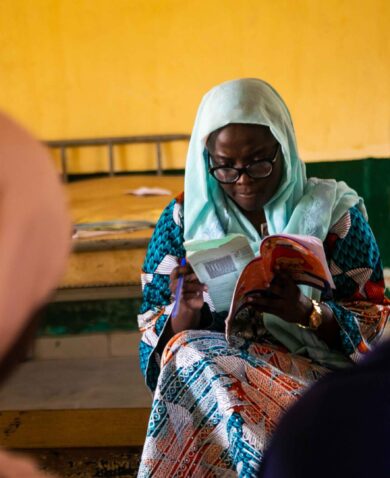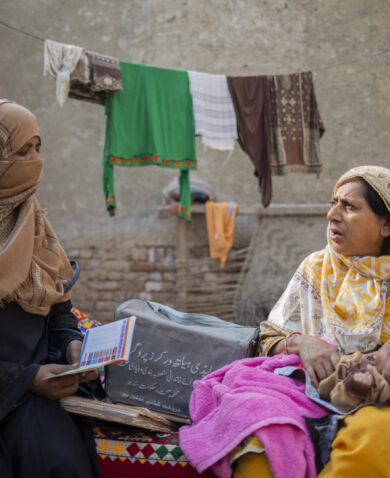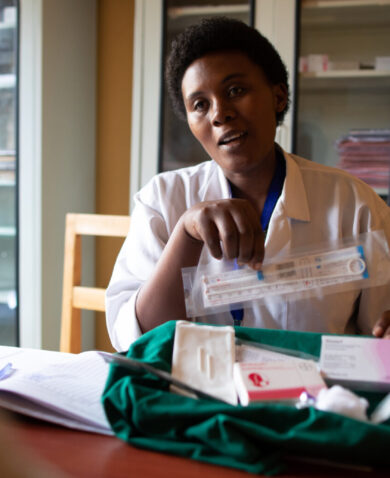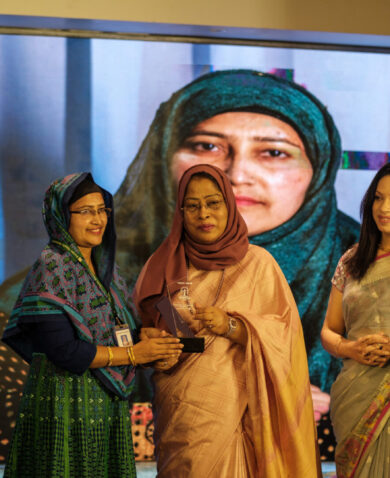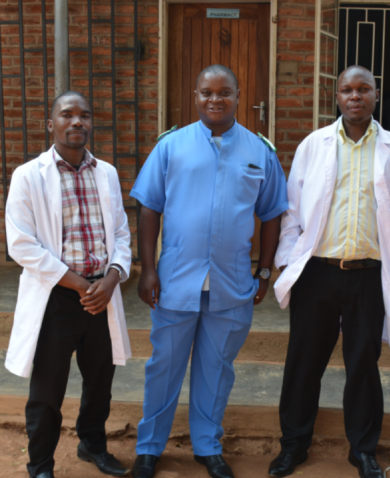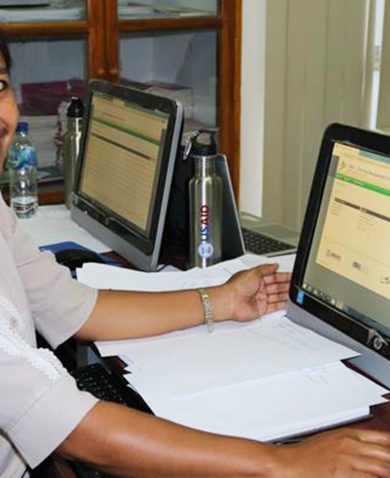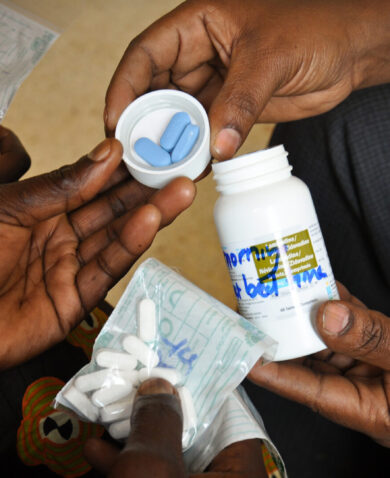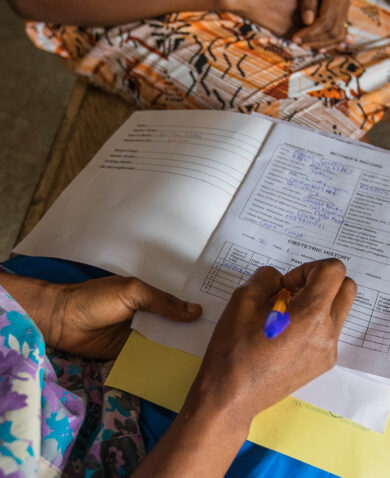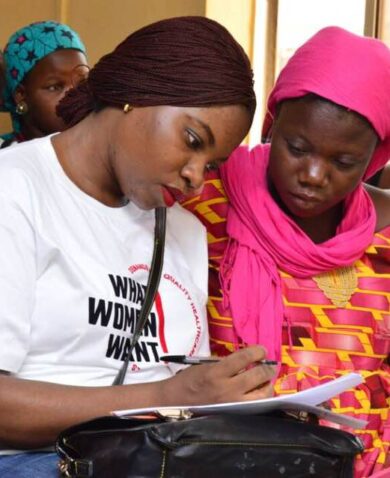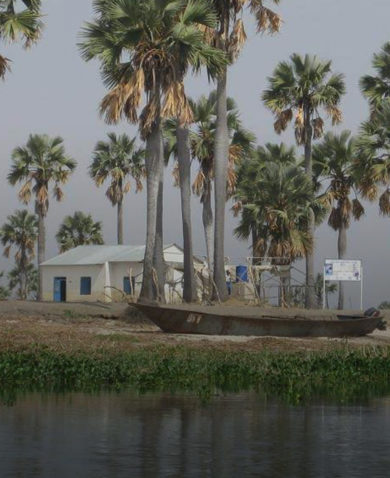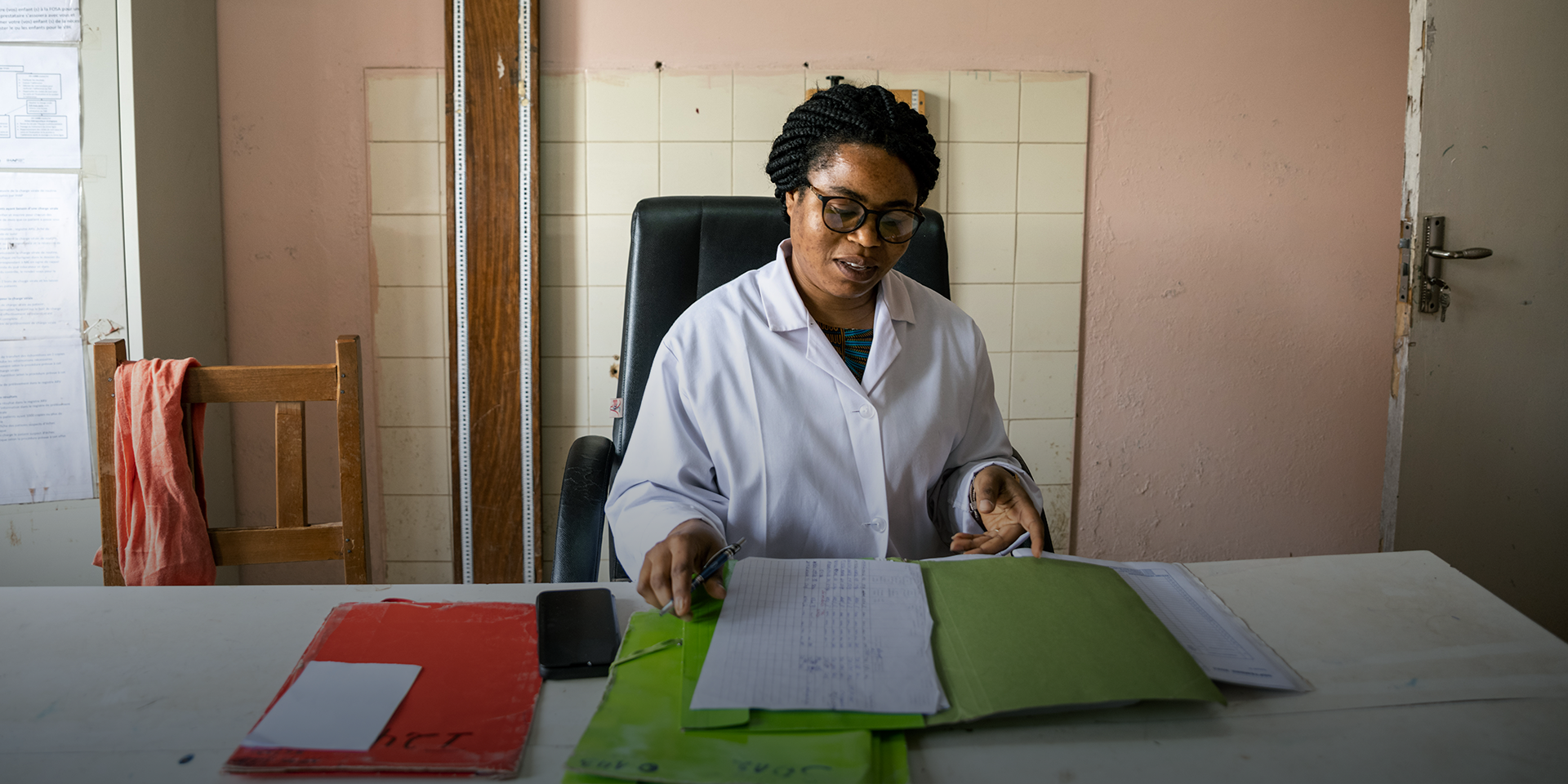
How Can We Address Health Workforce Challenges to Meet SDG3?
September 10, 2024 | 4 Minute ReadBuilding resilient health workforces requires evidence-informed country-led strategies, partner alignment and coordination, and a multidisciplinary learning agenda.
The target of Sustainable Development Goal (SDG) 3.c.1 is to “substantially increase health financing and the recruitment, development, training and retention of the health workforce in developing countries” by 2030 and thus improve health workforce density and distribution. However, the World Health Organization (WHO) estimates a shortfall of 10 million healthcare workers by 2030, mostly in low- and middle-income countries (LMICs). In addition, there is insufficient distribution, skills, and performance of existing healthcare workers to meet primary health needs.
So how can we address these gaps, while remaining on track to achieve SDG 3? Country health systems must build resilience to deliver health for all; promote global health security and bolster strategies to mitigate climate impacts; and recognize the lifeblood of their workforces. On the frontlines, this translates to a primary health care team composed of nurses, doctors, midwives, pharmacists, lab techs, and community health workers (CHWs) who must ensure high-quality essential services, report suspicious diseases, and support responses to natural disasters like floods, mpox, and cholera. However, complex challenges spanning education, finance, health, labor, and other sectors are forcing policymakers to take a broader, more comprehensive approach.
Through leading USAID’s global health workforce flagship program, the Human Resources for Health 2030 (HRH2030) Program, Chemonics supported 34 countries to address health workforce challenges, from national policy, strategy development, and labor market analysis to the development of evidence-driven tools and competency frameworks. What is clear from many investments to strengthen health workforces in under-resourced settings is that too often, assistance delivers short-term, ad-hoc, and fragmented solutions. For instance, external partners often offer salary top-ups, which, while helpful in the short term, fail to address the underlying health financing issues. Or they might provide a series of siloed, in-service training sessions to build knowledge without addressing the fact that this pulls health workers away from their posts and leaves populations without care.
So, what are feasible solutions? Through our technical partnerships and experience, we suggest three key recommendations for more sustainable investments in human resources for health (HRH):
Co-develop Evidence-Informed Strategies with Countries in the Lead
HRH strategies are most effective and sustainable when they are designed to be responsive to local contexts and led by the country in which they will be implemented. Through our technical partnership with the Global Financing Facility (GFF), we supported the development of their HRH Agenda which has six global recommendations that can be tailored at the country level. These include centering HRH within health financing, improving HRH data quality, and developing the community health workforce. For example, under HRH2030, Chemonics used different strategies to strengthen the Human Resources Information System (HRIS) in Indonesia and Ethiopia based on their different needs. In Ethiopia, HRH2030 worked with the Ministry of Health to address HRIS weaknesses and overcome barriers to collecting and using quality data. In Indonesia, the HRIS was operational but disconnected from other key information systems, so we focused on improving interoperability. We also supported the GFF’s HRH Operational Plan, which recommends different global and country level strategies for optimal engagement on health financing and health systems reform. For example, GFF is particularly well placed to leverage their multisectoral expertise in areas such as public financial management and domestic resource mobilization of the primary healthcare workforce, including CHWs.
Collaborate, Align, and Coordinate with Partners
Given the ongoing and urgent health needs, donors and implementing partners often prioritize implementation over planning and coordination, leading to multiple donors working on the same issue while other major issues go unaddressed. Through support to Gavi to develop their HRH strategy, we explored examples of effective donor coordination, such as the Mashako Plan in the Democratic Republic of the Congo (DRC). In response to stagnant childhood vaccination coverage and the largest reported measles epidemic, Gavi partnered with the Ministry of Health, Acasus, UNICEF, the Gates Foundation, and WHO to design and implement the Mashako Plan. The partners collaborated on a diagnostic review of the immunization program, finding that ‘workforce motivation’ was one of the five barriers contributing to underperformance of the system. Gavi partnered with the DRC government to improve payment of nurses and manager salaries. The Mashako Plan made impressive gains from 2018 to 2020: 95% operational cold chain equipment, 87% of health areas have sufficient vaccine availability, 70% increase in immunization sessions, and 3,000 health centers visited. Ultimately, it reduced zero dose children from 700,000 to 300,000 children and increased fully vaccinated children from 900,000 to 1.6 million. Collaboration and accountability across global health initiatives and partners is a key shift integrated into the new Gavi 6.0 strategy and will catalyze further impact toward Gavi’s vaccination and health system and immunization strengthening goals.
Promote A Cross-Learning Agenda for HRH
When successful HRH approaches and tools are scaled and improved upon, greater impact and efficiency can be achieved. For example, Chemonics is contracted with the World Bank and GFF to further enhance the HRH optimization tool for primary health care (HOT4PHC), which was originally financed by USAID and developed as part of the Chemonics-led HRH2030 Program. This open source, publicly available tool can be used by health system planners and managers to identify and address HRH bottlenecks and imbalances when delivering health care services. By modelling and costing potential HRH staff and task configurations, the tool helps decision makers optimize available HRH resources and increase the efficiency of a country’s existing health workforce. Similarly, the Frontline Health Workers Coalition (of which Chemonics is an active member) supports learning and collaboration for HRH strategies and best practices across its 40-plus members.
Looking Forward
The insufficient availability of health workers, and the corresponding impact on country health systems’ ability to deliver high quality care, is a problem that requires solutions at multiple levels. We are optimistic that by engaging in these critical and strategic actions—to co-develop strategies that are country-led and context-specific; align efforts across donors to maximize impact; and embrace cross-sectoral learning to ensure the most effective tools and approaches are scaled—we can collectively address the complex roots of various HRH issues.
Together, we can ensure that every country has a strong health workforce and, therefore, a resilient health system capable of delivering high-quality care, promoting global health security, and adapting to the challenges of the future.
Banner Image Caption: Paluku Kabuo Nene, doctor at Hospital Personnel de Kolwezi, doing HIV/AIDS consultation. Kolwezi, DRC. Photo Credit: Arlette Bashizi | Chemonics.
Posts on the blog represent the views of the authors and do not necessarily represent the views of Chemonics.




